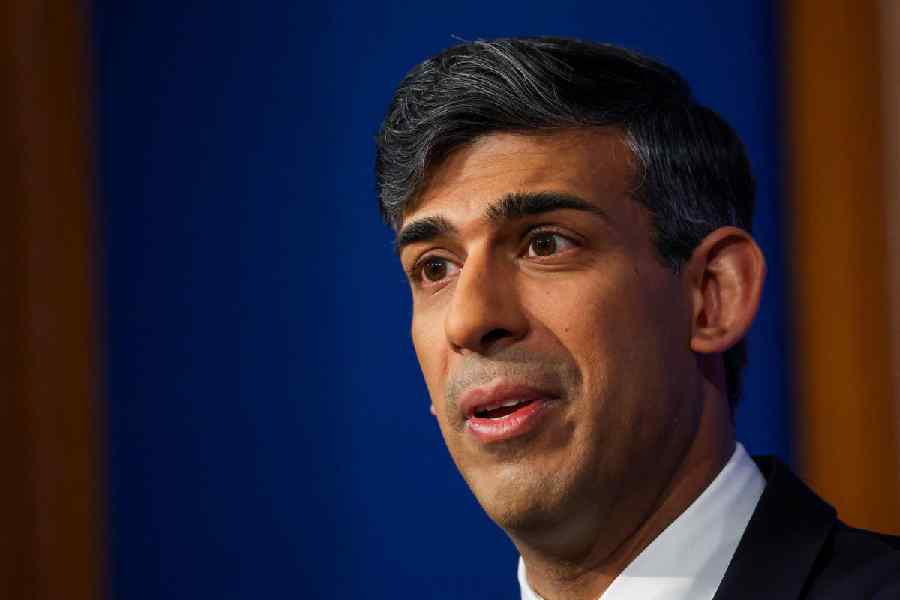Online video-on-demand or Over-The-Top (OTT) has turned into a red-hot and fiercely competitive new media business and Kollywood is also reaping the benefits, especially for star-driven movies. It's proving to be a game-changer for the Tamil film industry.
Digital platforms such as Amazon Prime, Netflix, Hotstar, Zee5, Sun NXT are all going regional in a big way and the Tamil film industry has been one of their first targets.
Rajinikanth's Kaala was one of the largest deals in which OTT and satellite television rights were sold separately. When Wunderbar Studios, owned by Rajinikanth's son-in-law Dhanush, tweeted that Star Network would be their official satellite TV partner, it was expected that Star's OTT platform Hotstar would be the digital partner. But Wunderbar sprang a surprise on the industry and sold Kaala's OTT rights for south Indian languages -- Tamil, Telugu and Malayalam -- in a separate deal to market leader Amazon Prime Video.
The floodgates were opened. 2017’s biggest hit Vijay’s Mersal, initially grabbed by Zee5, is now on Netflix. Zee5 has a sharing deal with the platform for some of its content, including movies. Netflix’s popular original Narcos will be dubbed in Tamil and Telugu and shown on Zee5. The 2019 Pongal blockbuster, Ajith Kumar’s Viswasam, will be on Amazon Prime Video and not on SUN NXT though Sun TV owns the satellite television rights of the film.
In an industry known for its old-fashioned ways and refusal to adapt to modern technology, how did this sudden transformation take place?
One reason touted for the acceptance of OTT platforms is that mobile internet is booming in South India with cheaper and smoother connectivity. A huge youth demographic has easier access to smart phones than to television. The newer generation of Internet-savvy producers has realised times are changing and that technology and delivery of content are evolving rapidly. They want to be on top of the trend.
The OTT booster shot couldn't have come at a better time for the industry. In early 2018, the market had virtually crashed following a hike in ticket prices and dwindling box-office collections. In Tamil cinema, theatrical ticket sales were the single biggest source of revenue for producers until recently. The money coming in from satellite television rights also dropped because of the Telecom Regulatory Authority of India (TRAI) cap on advertising, which laid down a limit of 12 minutes of commercials per hour.
Ten years ago, a big Tamil film needed to run in all centres for 100 days to recover its investment. Now the same film typically takes 10 days or, at the most, two weeks to cover 95 per cent of its theatrical run, because it is so widely released. A big-budget star Tamil film is released in over 1,000 screens worldwide and 85 to 90 per cent of its total theatrical revenue comes in the opening week. Barring a blockbuster, the theatre lifespan of a Tamil big hero-film has shortened to a maximum of two weeks. Small films find it difficult to survive after the opening weekend.
With this compressed time-frame, the gap between theatrical and OTT release is about four-to-five weeks. One of the biggest Tamil box-office hits of 2018, in terms of return on investment (ROI), has been Karthi’s Kadaikutty Singam, which premiered on Amazon Prime Video after 30 days. The producers of the film celebrated a 50-day theatrical run despite the film being shown on the OTT platform.
SR Prabhu, a leading producer and treasurer of the powerful Tamil Film Producers Council (TFPC), was one of the pioneers in the use of OTT platforms. He says, “Today, a producer realises he’s going to earn money from theatricals for only two-to-three weeks maximum, depending on how big the films turns out at the box-office. After that, the film is available on some torrent or pirate site. So why can’t we put it on a legal platform and bring in a new revenue stream?”
This new digital take has altered the Tamil movie industry's business model. Earlier, Tamil film producers used to bundle satellite TV and Internet rights and give them to the television broadcasters. Now, a smart producer sees greater monetisation in dealing with digital platforms separately. It's reckoned that now Tamil Internet rights, which were 10 per cent of satellite rights in early 2017, are valued at almost 50 per cent of satellite television rights for a movie with a big star. Take the case of Suriya’s Thaana Serndha Kootam, which released in January 2018. The movie's internet rights were sold for Rs 6.5 crore and its satellite rights reportedly fetched Rs 12.75 crore.
Predictably, internet rights depend on the box-office pull of the star and how successful the movie has been in theatres. But industry trackers believe that by 2020, the price for OTT rights will be higher than satellite television rights for Tamil films.
The OTTs are also commissioning original Tamil content but a couple of these projects haven’t taken off. Suriya, south content head of Zee5, says, “It’s still early days as original content made for OTT is slowly picking up. But our television serials made for Zee Tamil have built-in audiences and we’re getting good viewership for our OTT platform app, which streams live.”
In Bollywood, digital platforms are already paying as much as television broadcasters to get films to premiere first on their service. Tamil original content is still at a nascent stage when you consider the success of Hindi originals such as Amazon Prime’s Breathe or Netflix’s Sacred Games.
Still, some producers have moved over to the streaming video platforms as recovery and dependence on theatrical rights are becoming risky. Already, OTT is becoming a bigger outlet for multiplex-driven films. Business has increased from the new trend of adult comedy theatrical hits like Hara Hara Mahadevaki and Iruttu Araiyil Murattu Kuththu performing better on OTT platforms.
However, the rise of OTT has led to tension between producers and exhibitors. The 1,000-odd cinemas in Tamil Nadu have always called the shots and theatrical collections have accounted for almost 80 to 90 per cent of total revenue. Post GST and the increase in ticket prices allowed by the state government, footfalls across cinemas have dropped.
Abirami Ramanathan, the chief of a theatre owners’ association says, “Once upon a time, cinema was the only form of entertainment. Today, there are competing forms of entertainment. Movie-going is only a weekend business and occupancy during weekdays has fallen miserably with some theatres even cancelling shows due to lack of audiences.” The rise of OTT platforms and young people’s “craze to watch video-streaming platforms on their smartphones has sounded a warning bell to the once-booming theatre sector in Tamil Nadu,” he adds.











